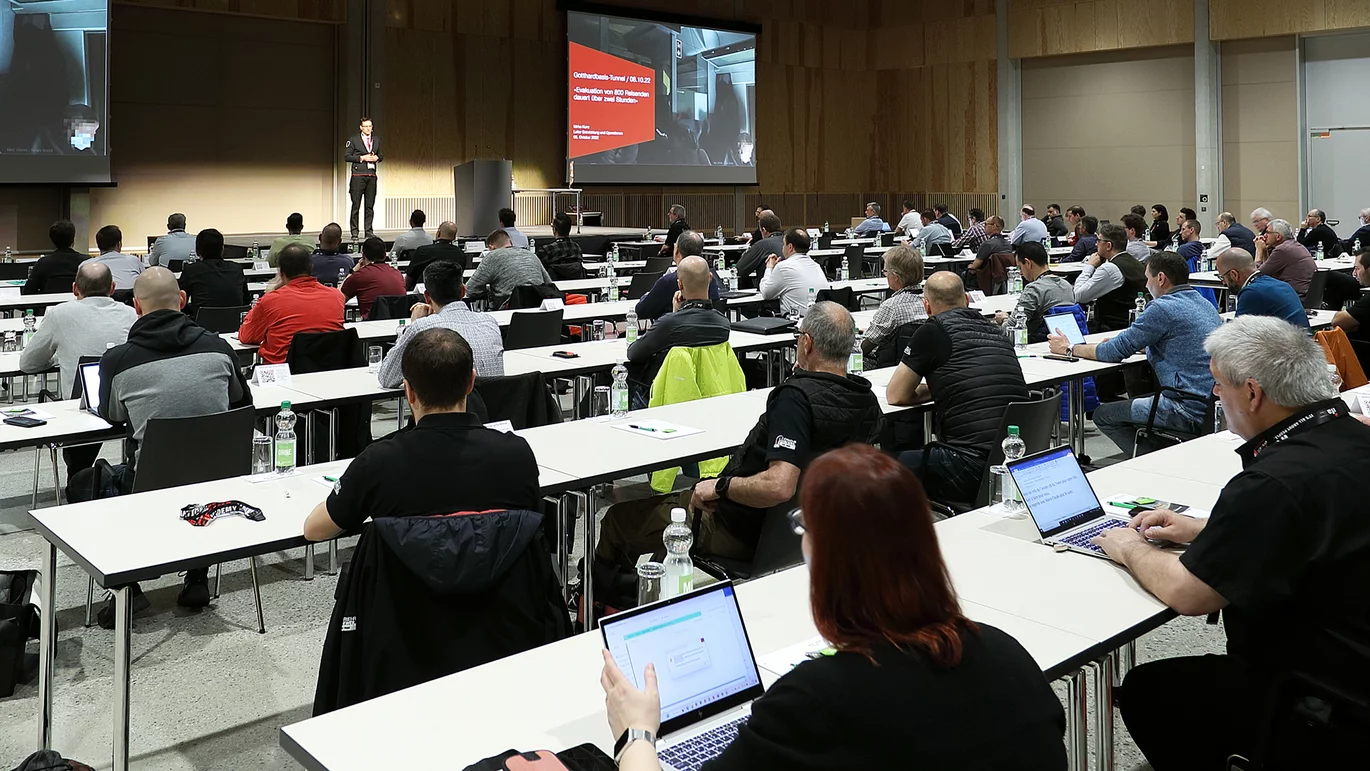The appreciative feedback of the participants to the 9th Fire Chief Forum in Sursee (CH) shows: The forum as a non-public space for (self-)critical, honest exchange about incident operations, drills and developments is an important building block in preparation for incidents in railway and road tunnels. In the following article, we present interesting findings from the most recent Fire Chief Forum held in March 2023 and highlight the broad range of topics covered at this event.
Misunderstandings during operations are a critical time factor
The importance of good communication during operations is beyond question. Nevertheless, drills and incident operations reveal that: Fire services cannot pay enough attention to linguistic precision. For example, simple words used in a road tunnel caused confusion among crew and officers: What is meant respectively by the words «opposite tube», «opposite travel direction» and «against the direction of travel»?
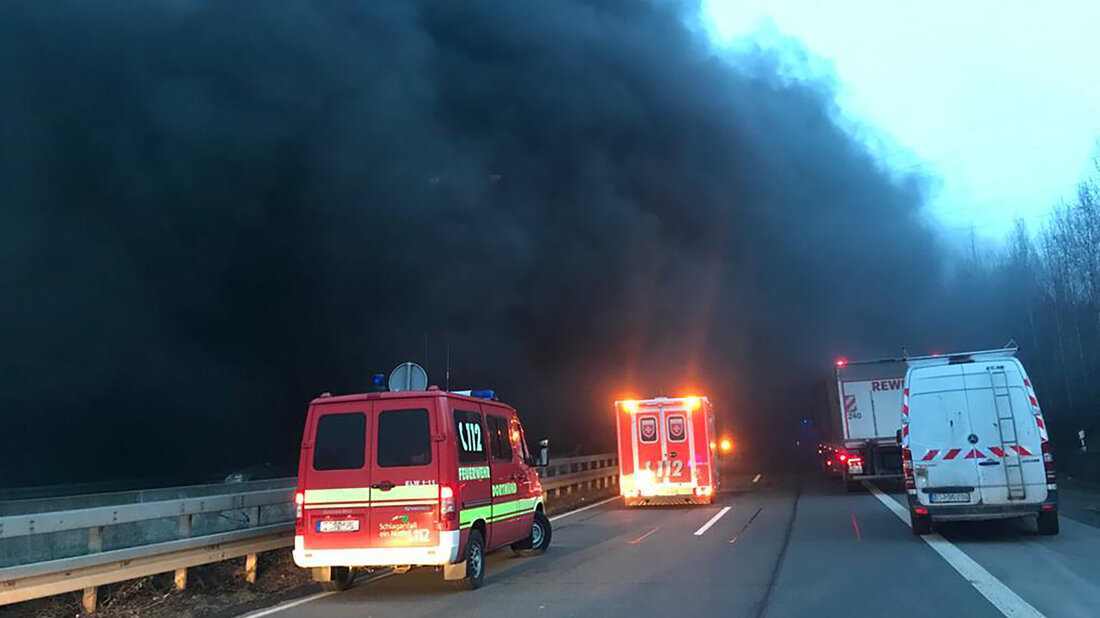
Verify tactically crucial information
During an evacuation of passengers from a broken-down train in a railway tunnel, misunderstandings led to the number of affected passengers being assumed to be too low. In effect, it slowed down the whole process. As a result, the evacuation of several hundred people took much longer than expected - more than two hours. This example shows how important it is to identify tactically crucial information and verify it through follow-up queries.
Non-verbal communication can speed up communication
A picture or video says more than a thousand words, even during operations. During the fire of a lorry in the Semmering Tunnel, the section commander transmitted videos of the scene to the incident command via mobile phone. It made it possible to speed up the consultation on the further course of action considerably. In addition, the entire operation was recorded with the mobile phone camera, which was clamped behind the windscreen of the emergency vehicle, enabling the tunnel fire to be better evaluated for internal training.
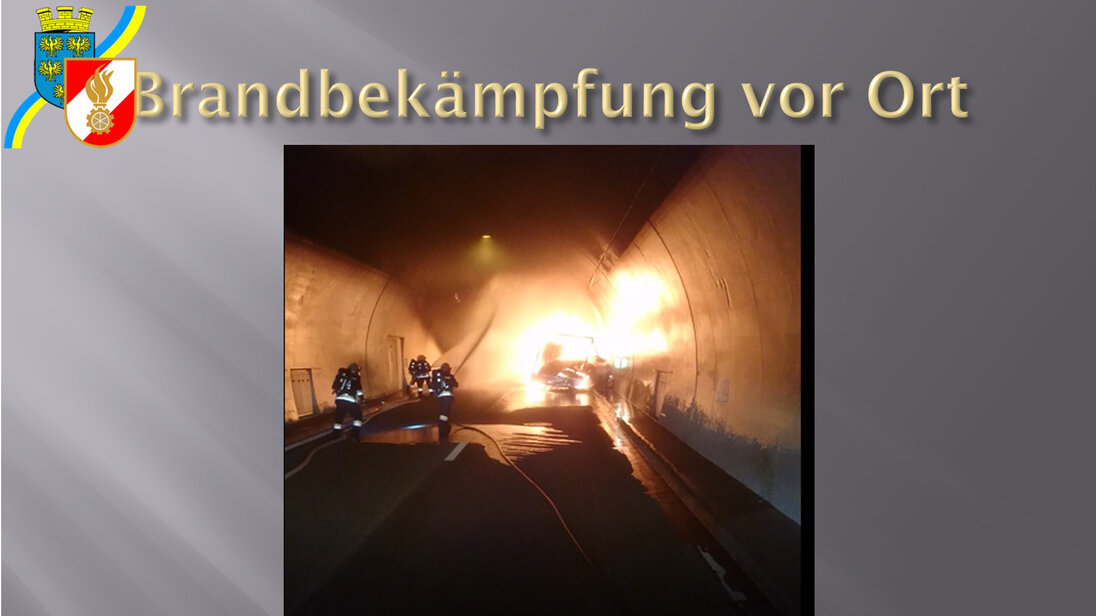
Set a sign for the emergency manager of the railway
During railway operations, communication between the railway company's emergency manager and the fire service's incident commander at the scene is of great importance. But how do both make contact with each other? And how can they meet?
For Deutsche Bahn, Klaus Kruse explains that the first thing the railway emergency manager does when an incident occurs is to look for the fire service incident commander on site. Therefore, they should be easy to find. A red flashing light, mounted on a pole visible from a distance, can provide quick orientation. In other countries, fire services should clarify how to speed up contact between representatives of the organisations involved.
Urgent questions guide actions during operations
Incident reports always attract a lot of interest at the Fire Chief Forums. This year, the report on the train accident in Garmisch-Partenkirchen (Germany) was particularly moving. The search and rescue of the injured pushed the emergency personnel to their limits. Nevertheless, they continued their work even when they could no longer assume there were any more survivors. The uncertainty of the relatives about a person still missing was the motivation for them to continue the search and also to answer the last crucial question.
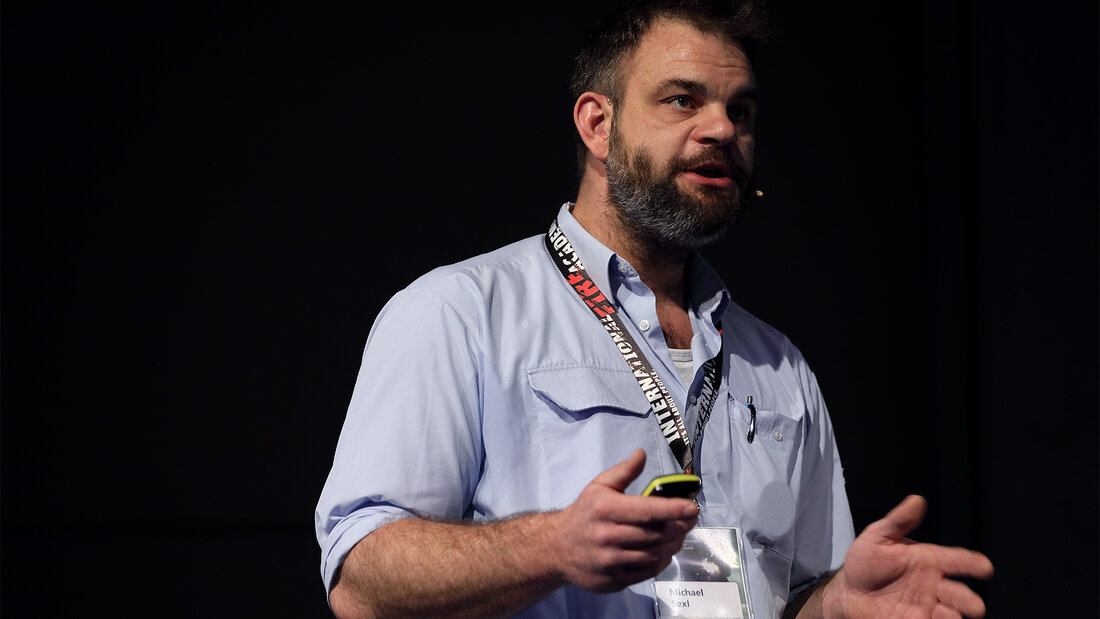
Checking one's own ideas in an exchange
One intention of the Fire Chief Forum is also to offer insights into the worlds of cooperation partners. In this way, one's own ideas can be tested in practice. For many participants, one piece of information from the world of tunnel builders proved to be new. If there is a fire at the head of a tunnel boring machine, there is only one way to get to the scene: through the belly of the machine. The tip for fire services is to arrange an early appointment to inspect the tunnel boring machine before it is used at the construction site.
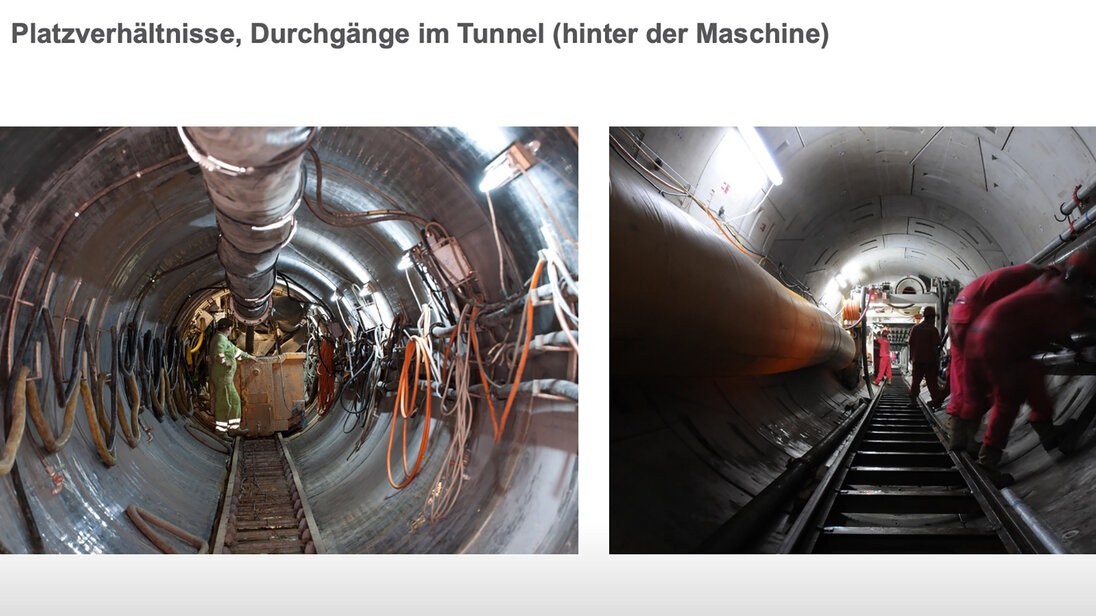
Making use of the possibilities of modern tunnel technology
The early exchange with carriers about the technology in their road tunnels can also open up opportunities for fire services. One example are announcements in the case of an incident in the tunnel: In tunnels with modern installations, announcements do not have to be played back from a tape. Live announcements are also possible. Research indicates that tunnel users are less likely to trust and therefore follow tape announcements than personal announcements. Thus, fire services should clarify the communication facilities, channels and rights for tunnel announcements with the tunnel carrier.
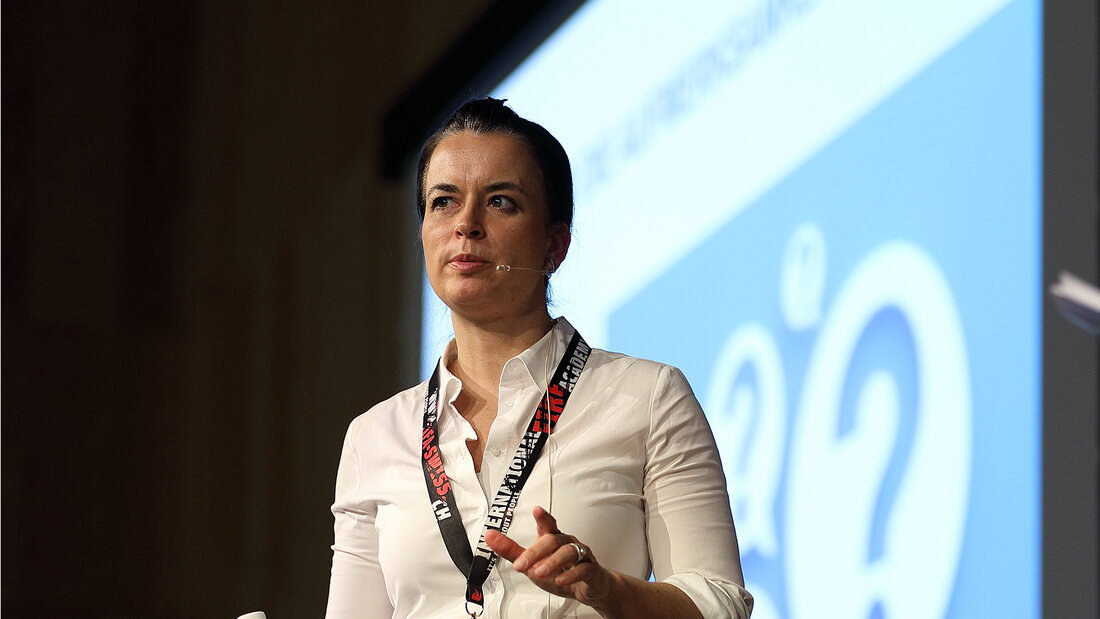
Cooperation across organisational boundaries is crucial for operational success
Operations in tunnels often require a large amount of personnel, which is why most tunnel fire services rely on the support of fire services from neighbouring municipalities. But these cooperation opportunities are not always available to the required extent. A particular example is the current construction projects for the Fehmarnbelt and Fehmarnsund tunnels – both combined rail and road tunnels. Due to the insular location, no surrounding fire services would be available to provide sufficient response personnel in the event of an incident in the tunnel. A full-time fire station with about 50 positions is therefore being set up. With three 24-hour fire service shifts, it is to ensure emergency response for the two tunnel projects and provide support in the event of major incidents on the island.
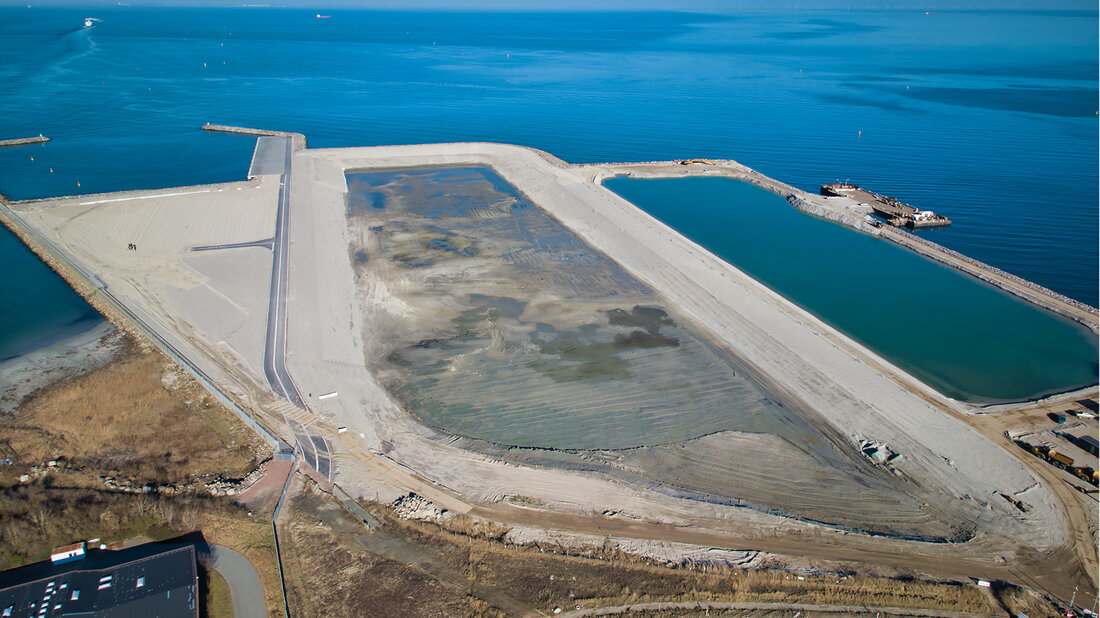
Tackling new risks in an interdisciplinary way
When new technologies are introduced, new potential risks often arise. Careful risk analysis is all the more critical when technologies are introduced rapidly due to political pressure, as illustrated by the example of hydrogen-powered vehicles.
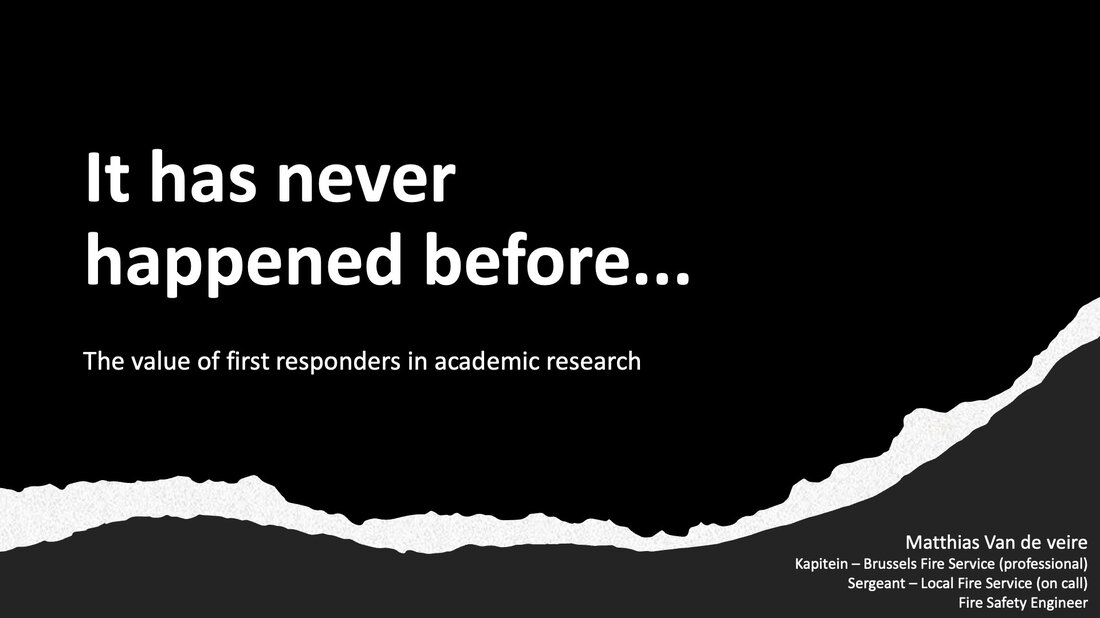
There are risks to anticipate that may not have existed before. And appropriate strategies must be developed to counter the risks. Interdisciplinary cooperation is indispensable for this - from the standard-setters and legislators to vehicle manufacturers and their suppliers to tunnel operators and emergency services. And this is precisely what was done, for example, in the «HyTunnel-CS» and «HyResponder» projects. At the 9th Fire Chief Forum, the first recommendations for fire services could then be stated.
In our magazine article «Hydrogen vehicles in tunnels: great danger for emergency response personnel», we already reported on the potential danger. And in the magazine article «Worst Case: Deadly blast wave to the tunnel portal», an expert from the Karlsruhe Institute of Technology gave his opinion.
The dynamics of an incident operation are reflected in its communication
The project report SIKET on the evaluation and further development of safety concepts for railway tunnels illustrated how many communication strands and information are interrelated in an incident. The information pathway was documented, graphically displayed and analysed during a tunnel drill. For the parallel operating groups with radio and the face-to-face communication to mesh neatly, communication rules must be internalised and followed even in the hectic pace of the operation. Visualised communication processes can help to convey this.
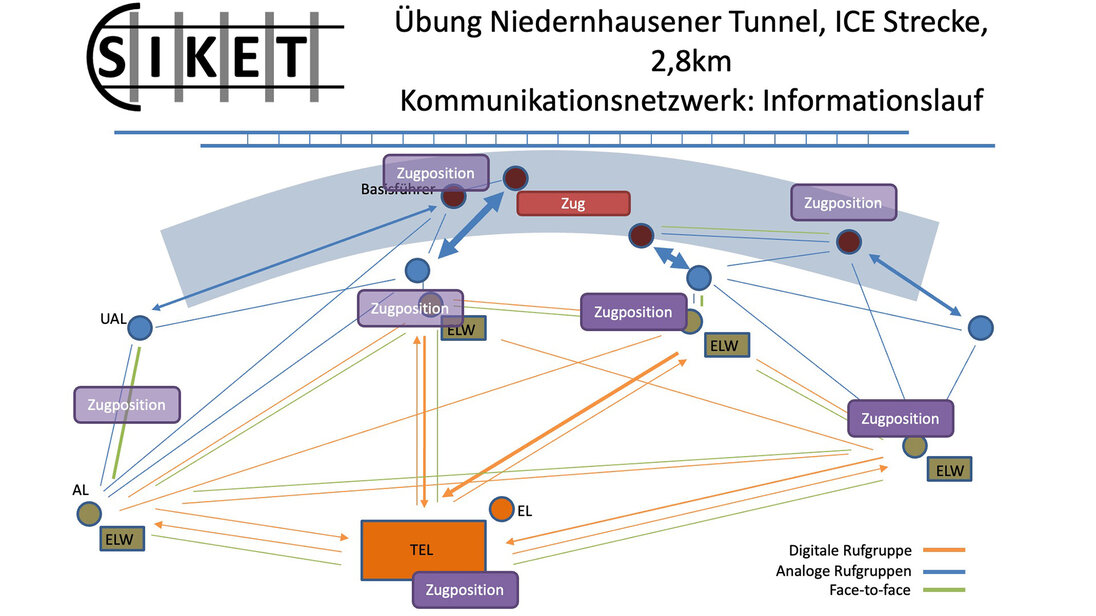
Social skills as a selection criterion for instructors
The regional selection process for prospective instructors in Switzerland takes two years. If they successfully pass the assessment, they are trained centrally in national courses to become Swiss fire service instructors. The experienced instructors who work at the International Fire Academy also initially underwent this training and were then further trained for their training activities in the field of tunnel incident management. In addition to specialist knowledge and experience, personality and social skills, including communication skills, are key criteria for successful instructors.

10th Fire Chief Forum in Spring 2024
Preparations have already begun for the 10th Fire Chief Forum from 13 to 15 March 2024. The event continues to be non-public; a personal invitation is required for participation. In this way, we want to create a framework for trust-based communication between the participants to be able to discuss the limits of the fire service system openly and to learn together.
Are you interested in participating in future Fire Chief Forums? Register (free and without obligation) for our «Knowledge» section to learn more about it.


